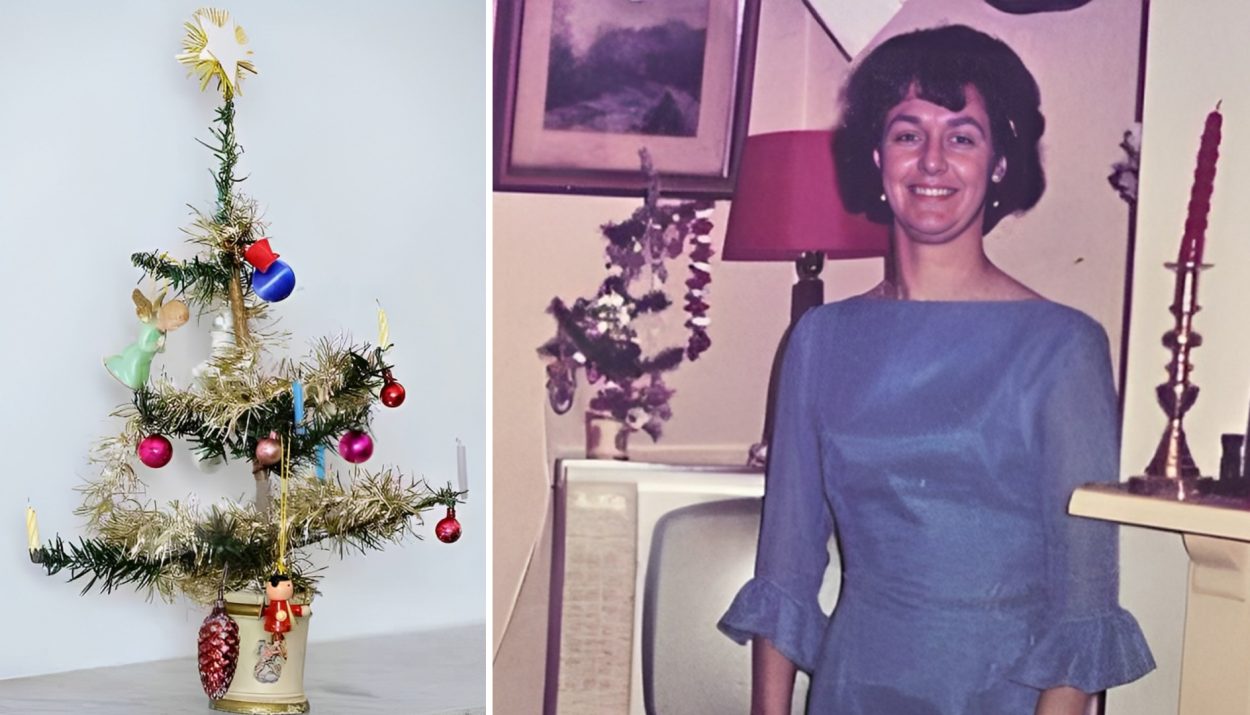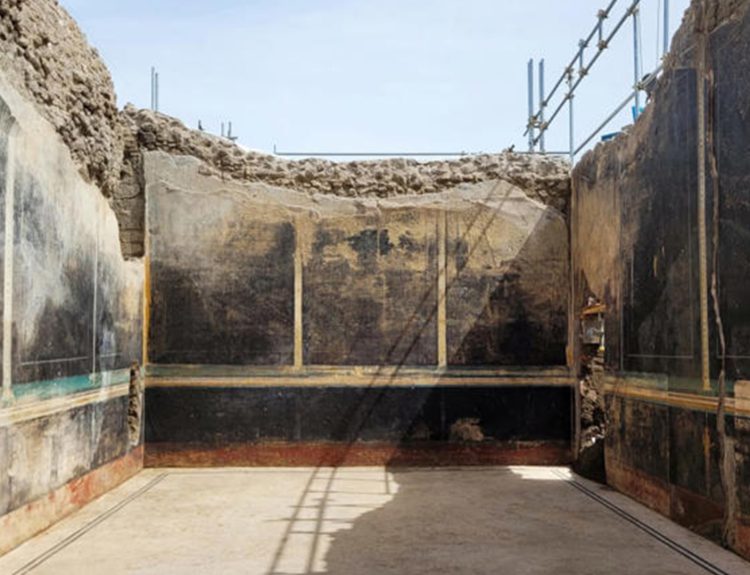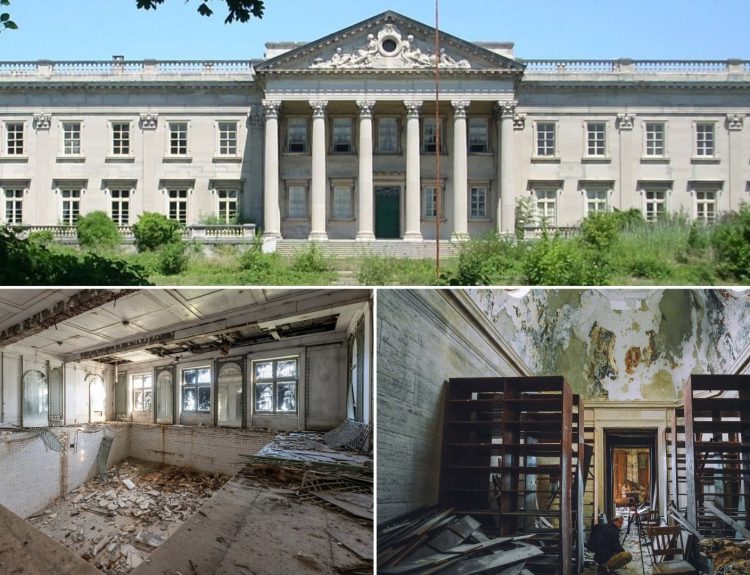Every year, countless households around the world participate in the tradition of setting up a Christmas tree to celebrate the holiday season. The when and sometimes why of the tree varies from country to country and culture to culture, but it’s an almost universally recognized tradition that brings a lot of joy as the end of the year draws near.
A Centuries-Old Tradition
The origin of the modern Christmas tree can be traced back hundreds of years, with some claiming the sixteenth century as the first appearance of the modern decorated tree. Martin Luther, a 16th century Protestant Christian reformer, is said to be the first man who put candles on an evergreen tree.
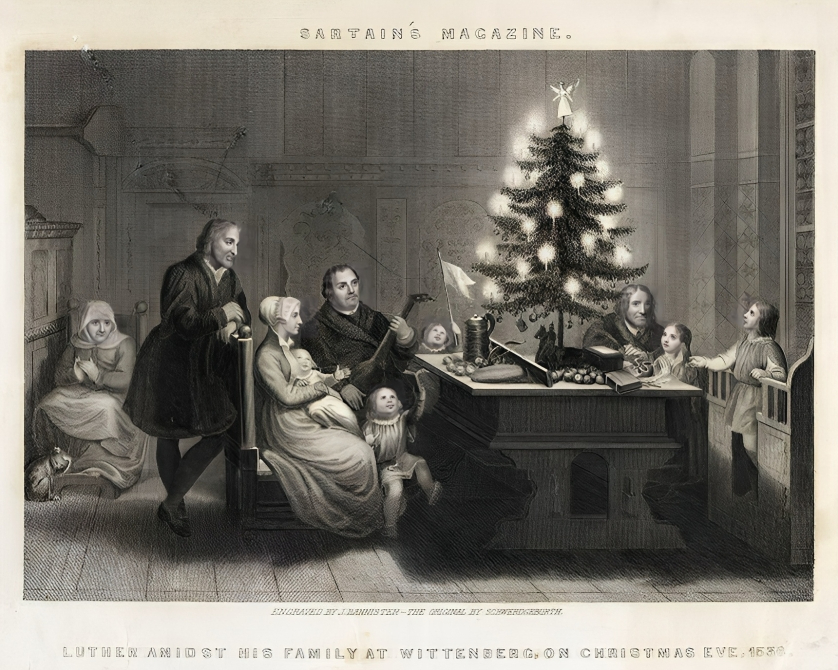
The tradition took off from there, with German Lutherans proceeding to decorate with the Christmas tree in 1539. However, the earliest known Christmas tree representation that can be firmly dated is the keystone sculpture of a private family home in modern France, dated 1576.
Possibly Even Older
There are theories that the Lutheran Christmas tree is not the origins of the modern tradition. Some believe that modern Christmas trees follow the tradition of the “tree of paradise” that appeared in medieval mystery plays. The trees in question were decorated with apples and round white wafers, and used as a setting for the play.
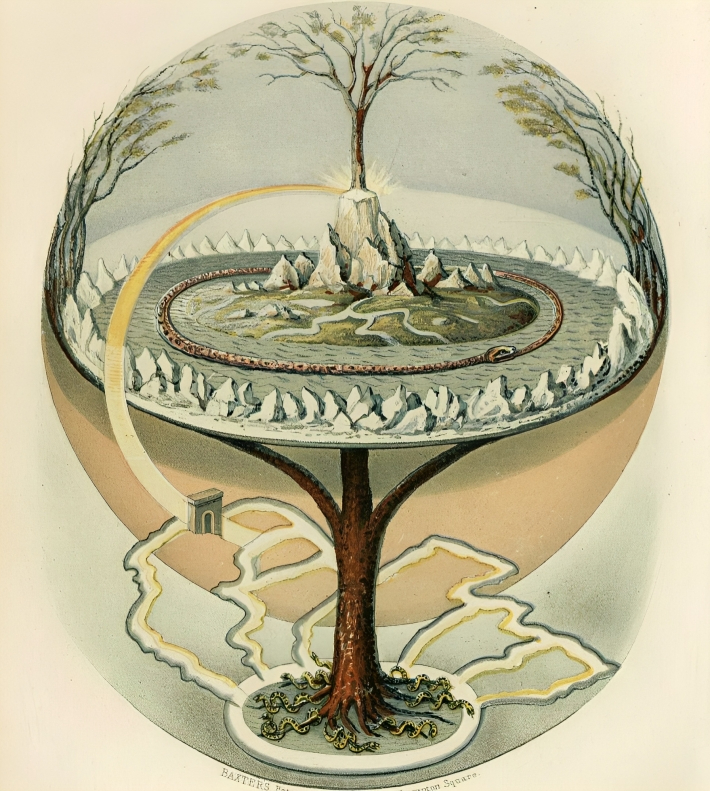
Some think that the tradition goes even further back, with Christmas trees following many ancient Egyptian, Pagan, Chinese, and Hebrew traditions. Particularly among pagan Europeans, tree worship was common and the winter season saw the tradition of decorating the house and barn with evergreens to scare away the devil at New Years.
A Relatively Modern Widespread Practice
Regardless of the origins of Christmas trees, it cannot be denied its important place in many cultures, particularly European. The practice of decorating full trees in the home during the holiday season didn’t become widely popular until the nineteenth century, when the practice was adopted by European nobility and began to spread.
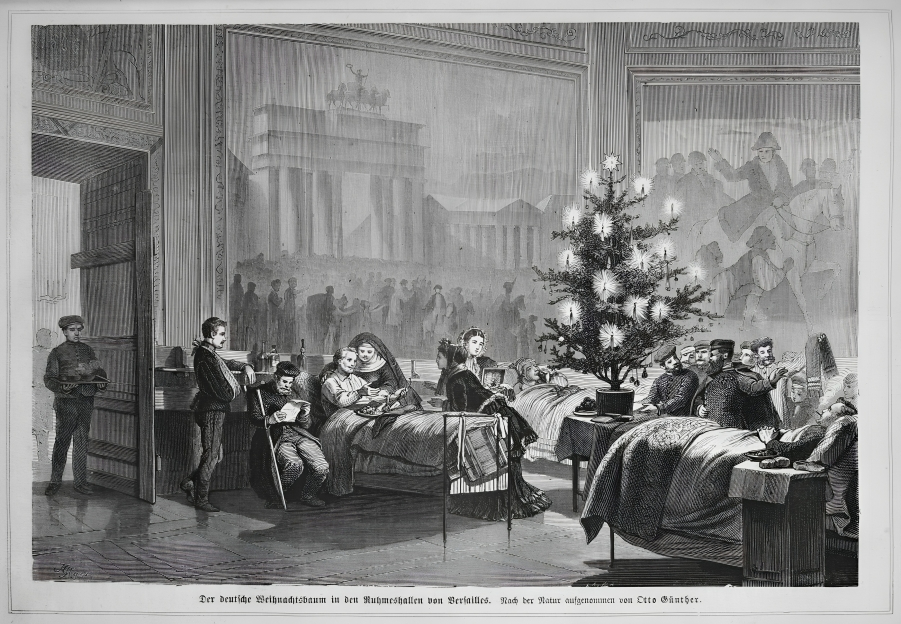
In 1800, German-born Queen Charlotte introduced the Christmas tree at a party that was thrown for noble children. The young Victoria remembered the practice fondly in diary entries, and an engraving that was published in the 1840’s depicting Queen Victoria and Prince Albert with their Christmas tree made the practice take hold in European culture.
Artificial Trees Changed the Game
The creation of the artificial Christmas tree made the practice even more popular. In fact, in America, the use of a type of artificial Christmas tree actually predates the widespread use of real trees for holiday decoration. The earliest artificial trees out of Germany were either wooden sculptures in the shapes of trees, or alternatively, they were feathers trees made out of goose feathers that were dyed green and then attached to wire branches and a stand.
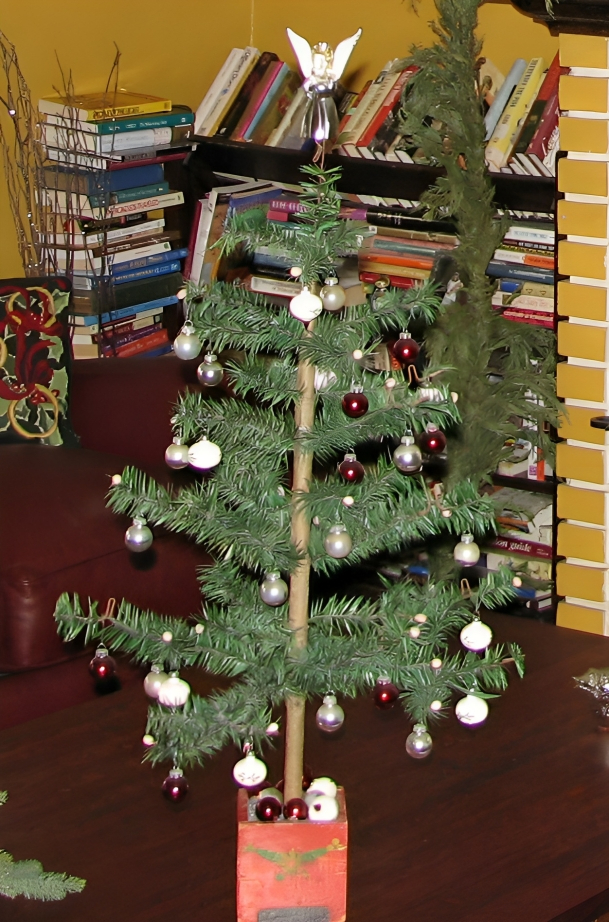
These early artificial Christmas trees became popular in the late nineteenth century, and varied greatly in size from two inches tall, to 98 inch tall beasts that were sold in department stores in the 1920’s. Some of these early artificial Christmas trees still exist, but one tree among them has taken the title for the oldest Christmas tree still in use.
A Tiny Relic Out of the UK
Paul Parker, a gentleman based out of the UK, is unique in his holiday traditions not for the fact that he puts up an artificial Christmas tree. His tree is unique in that it’s the same tree that has been used and passed down in his family ever since 1886.
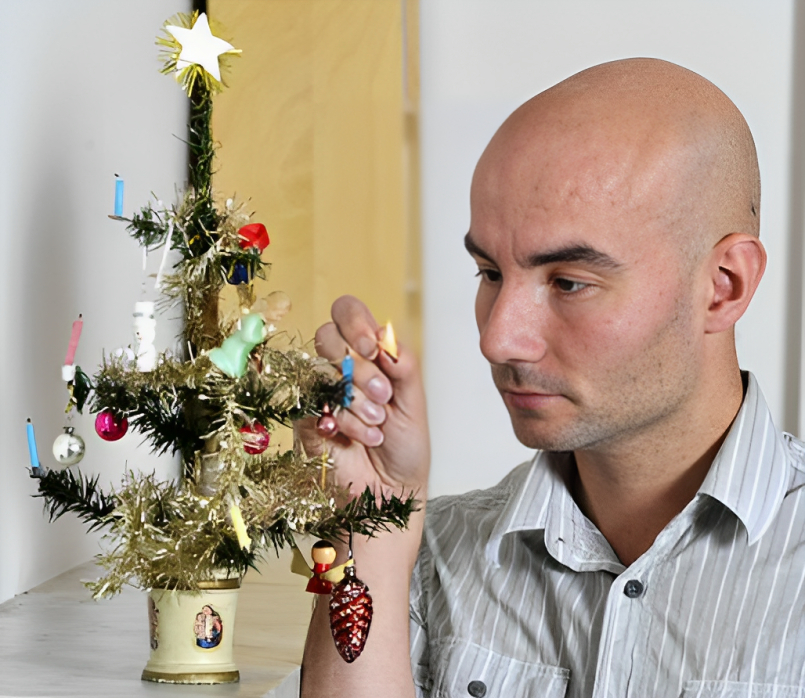
The tree, which is 14 inches tall and made of green raffia and the original decorations that it was sold with, was first purchased by Paul’s great grandmother Lou Hicks in 1886. The ornament was passed on through the years, being inherited by Paul’s mother in the 40’s.
A Family Tradition
The ornament went on to be passed on to Paul after his mother passed away in 2008, and he proudly began displaying it in his own home. In an interview, he recounted how his mother deeply treasured the ornament while she was alive, and would take it out of its original box and store it back there at the end of the season, every year.

The tree was produced for a similar intent as Nativity scenes, as a decoration for a Christian family to display during Christmas time. It was never meant to be a replacement tree like we see in modern times; it’s purely ornamental. At the time of its purchase, it cost only sixpence.
Breaking Records All Around
The age and rarity of the tree was confirmed by Christie’s Auction House in London, who stated that it was the oldest Christmas tree still in use. That was later confirmed by the Guiness Book of World Records, whose website has Paul’s tree listed as the oldest Christmas tree to this day.
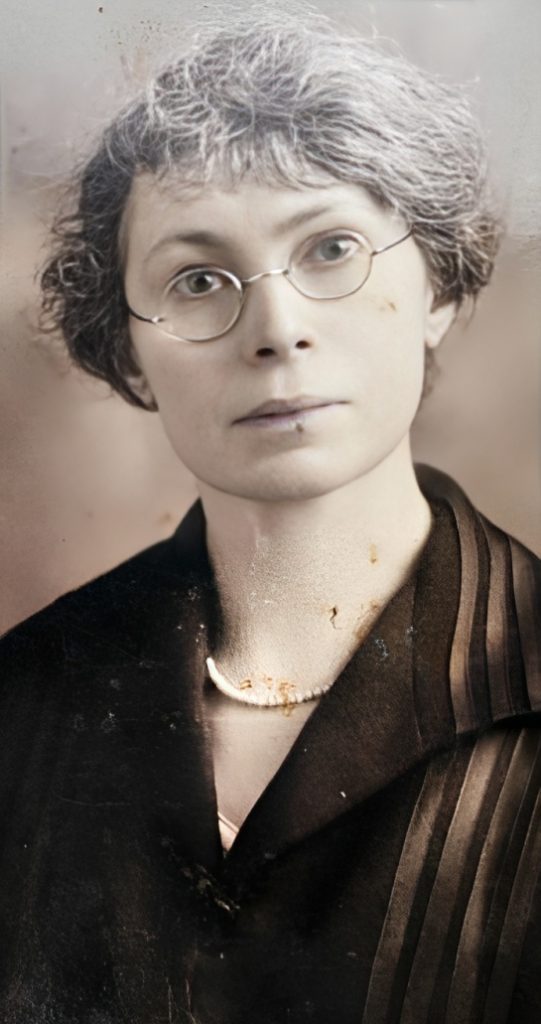
For Paul and his family, though, the tree is more than merely a record-breaking relic. It’s a family tradition, one filled with memories and wonderful times. The tree was passed on to Paul by his 88-year-old father after his mother passed away, and will be a cherished ornament for Paul to someday pass on to his own children.
A Beloved Family Time
Regardless of when you put up a Christmas tree, or if you celebrate the season at all, we can all agree that the holiday season is one to make memories with your loved ones and enjoy what the world has to offer. While there is an argument to be made for the commercialization of Christmas in the face of what was once a purely religious holiday, the implications of that are overshadowed by the meaning of the season.
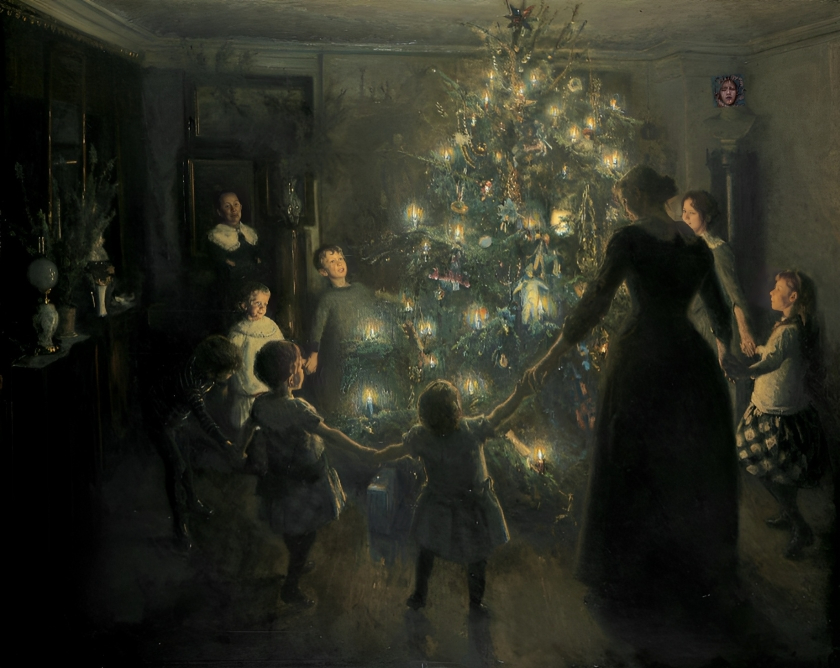
For those like Paul, their memories of the holiday have meaning in a tiny object that can be physically passed down from generation to generation. For others, that meaning is embedded in memories and photos, and times spent with your loved ones that you can only experience once.

